We may receive a commission when you use our affiliate links. However, this does not impact our recommendations.
When you start studying ancient woodworking tools, it’s the similarities that are most striking – not the differences. Saws, chisels and planes – the core tools of the furniture maker – are only mildly different in the East and West.
While some people amplify those differences – pushing a saw vs. pulling it is one example – these are largely artificial. All cultures both push and pull tools. And using a Japanese saw takes no more than a few minutes of training and the Western hand will adapt. (Try it before you scoff.)
But then there is the question of workbenches. Many benches in the East are low, lack vises and the worker uses his or her body to secure the work. That’s weird for Westerners, right?
Not at all. The first workbenches in the West – Roman ones – are low, have no vises and feature the worker using the bench in surprising ways. These benches survived in some Western cultures up through the 20th century.
Check out these Estonian workbenches from the mid-20th century. And Estonia isn’t one lone example. If you take a close look at any Germanic culture you will find these benches throughout the historical record. They are a simple plank with legs staked into it. And little more.
Even in America. Check out this workbench made by Jonathan Fisher, an 18th-century savant, preacher and woodworker in 18th-century New England.
So again, we are more similar than we suspect.
If you want to see more of these connections through culture and time, check out my talk at Woodworking in America next weekend: The Unwritten History of Workbenches.
— Christopher Schwarz
Here are some supplies and tools we find essential in our everyday work around the shop. We may receive a commission from sales referred by our links; however, we have carefully selected these products for their usefulness and quality.



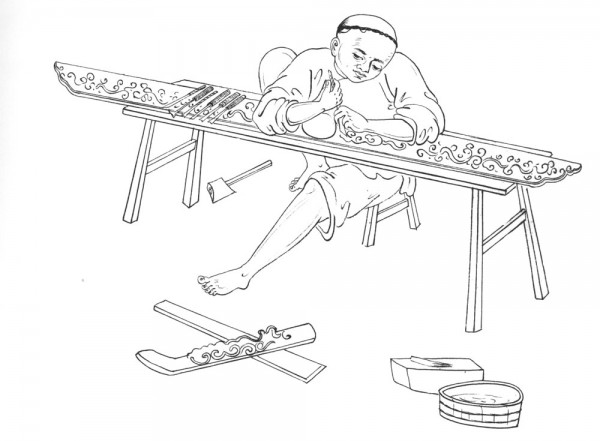
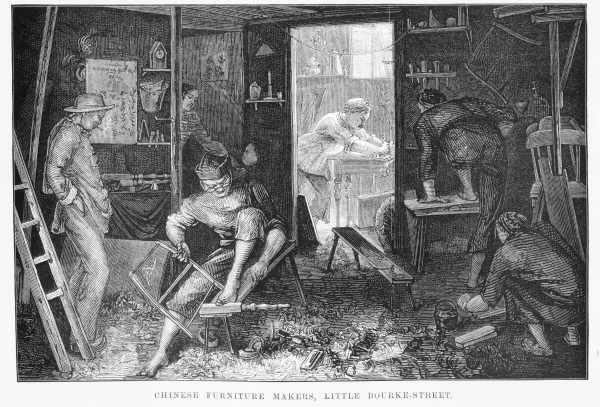
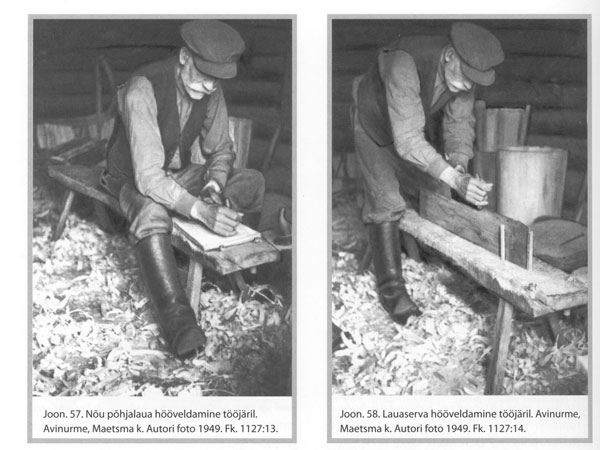
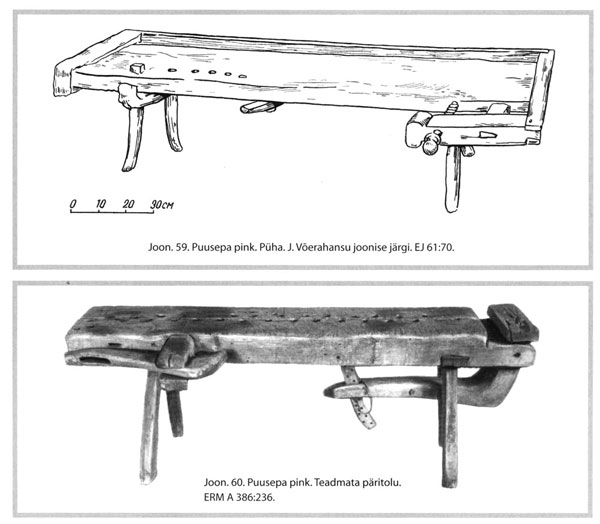
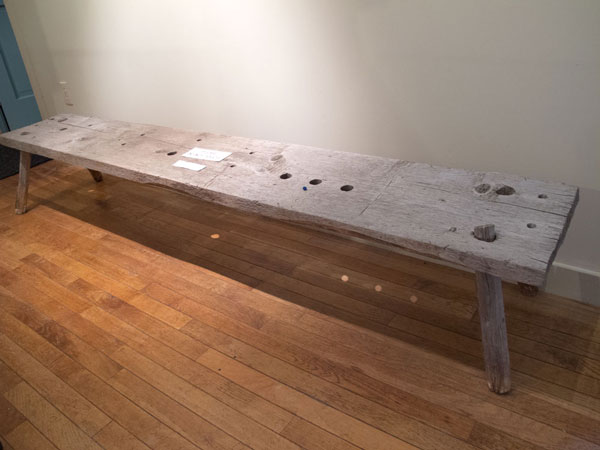





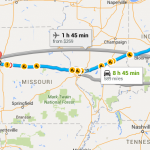
I was struck by the similarity to the benches portrayed on the ceiling frescoes at the Uffizi museum in the armory. I can’t attach a photo, but it shows an artisan kneeling on the bench to hold the wood he is planing.
Note if the bench is to high you could not use your foot as a clamp. So there is some practicality to a low bench after all.
Apparently the entomology of the word bench is:
Old English benc “long seat”, from Proto-Germanic *bankiz “bank of earth”, perhaps here “man-made earthwork”.
Thus I would think the earliest work benches were earthen and thus necessarily low.
Yeah, I’m not really into sitting on the floor or bending over at a right angle to do woodworking but whatever trips your trigger.
Chris – might even the word “bench” give some indication as to the original dimensions of some workbenches? Or is that more related to the shape – in that they are essentially an oversized bench. Those workers sitting on their work could just as easily be straddling a bench used for seating. I don’t know how these words translate to and from other languages, but just a thought!